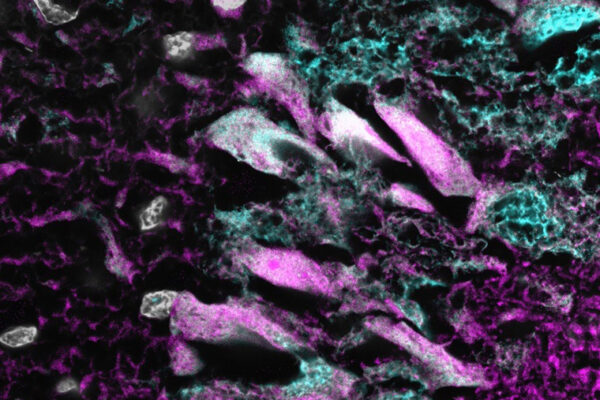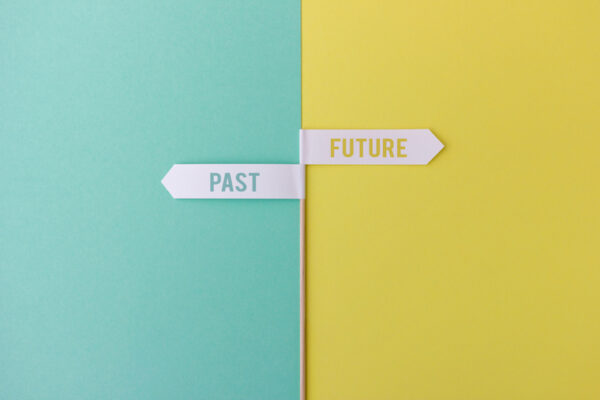A new study from a Washington University researcher offers fresh insights into how the brain goes to great lengths to process and remember everyday events.
Zachariah Reagh, an assistant professor of psychological and brain sciences in Arts & Sciences at Washington University in St. Louis, and co-author Charan Ranganath of the University of California, Davis, used functional MRI scanners to monitor the brains of subjects watching short videos of scenes that could have come from real life. These included men and women working on laptops in a cafe or shopping in a grocery store.
“They were very ordinary scenes,” Reagh said. “No car chases or anything.”

The research subjects then immediately described the scenes with as much detail as they could muster. The mundane snippets led to intriguing findings, including that different parts of the brain worked together to understand and remember a situation.
Networks in the front part of the temporal lobe, a region of the brain long known to play an important role in memory, focused on the subject regardless of their surroundings. But the posterior medial network, which involves the parietal lobe toward the back of the brain, paid more attention to the environment. Those networks then sent information to the hippocampus, Reagh explained, which combined the signals to create a cohesive scene.
Researchers had previously used very simple objects and scenarios — such as a picture of an apple on a beach — to study the different building blocks of memories, Reagh said. But life isn’t so simple, he said. “I wondered if anyone had done these types of studies with dynamic real-word situations and, shockingly, the answer was no.”
The new study suggests that the brain makes mental sketches of people that can be transposed from one location to another, much like an animator can copy and paste a character into different scenes. “It may not seem intuitive that your brain can create a sketch of a family member that it moves from place to place, but it’s very efficient,” he said.
Some subjects could recall the scenes in the café and grocery store more completely and accurately than others. Reagh and Ranganath found that those with the clearest memories used the same neural patterns when recalling scenes that they used while watching the clips. “The more you can bring those patterns back online while describing an event, the better your overall memory,” he said.
At this time, Reagh said, it’s unclear why some people seem more adept than others at reproducing the thought patterns needed to access memory. But it’s clear that many things can get in the way. “A lot can go wrong when you try to retrieve a memory,” he said.
Even memories that seem crisp and vivid may not actually reflect reality. “I tell my students that your memory is not a video camera. It doesn’t give you a perfect representation of what happened. Your brain is telling you a story,” he said.
Reagh is one of the Washington University faculty members involved in the research cluster “The Storytelling Lab: Bridging Science, Technology, and Creativity,” part of the Incubator for Transdisciplinary Futures. Led by Jeff Zacks, chair of the Department of Psychological & Brain Sciences, with Ian Bogost and Colin Burnett, the Storytelling Lab explores the psychology and neurology of narratives.
In future, Reagh plans to study the brain activity and memory of people watching more complicated stories.
“The Storytelling Lab fits perfectly with the scientific questions that I find most exciting,” Reagh said. “I want to understand how the brain creates and remembers narratives.”


